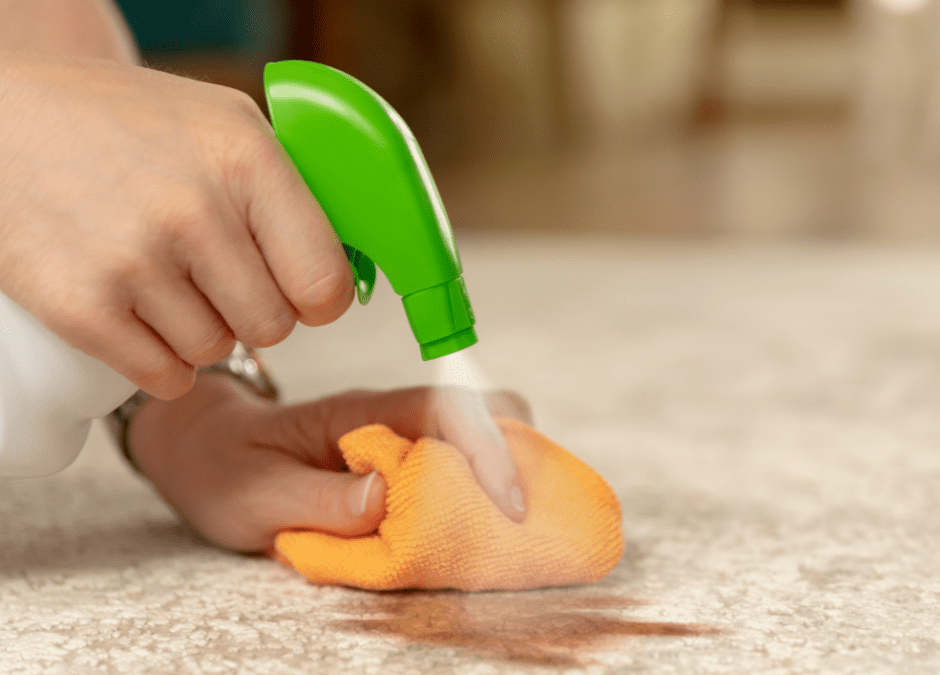Understanding the Chemistry of Stains
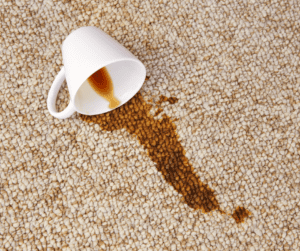 To effectively remove stains, it’s essential to understand the science behind them. Stains occur when a substance, often a colored molecule, adheres to a surface. The key to successful stain removal lies in breaking the chemical bonds between the staining agent and the affected material.
To effectively remove stains, it’s essential to understand the science behind them. Stains occur when a substance, often a colored molecule, adheres to a surface. The key to successful stain removal lies in breaking the chemical bonds between the staining agent and the affected material.
Protein-Based Stains (e.g., Blood, Milk, Egg): These stains contain proteins that can be challenging to remove if not treated promptly. Use cold water to rinse the stain (hot water can set it) and then apply a mixture of water and enzyme-based detergent. Enzymes break down the protein molecules, making them easier to wash away.
Tannin Stains (e.g., Coffee, Tea, Wine): Tannins are organic compounds that give these substances their rich color. To combat tannin stains, start by blotting (not rubbing) the area with a clean cloth. Then, apply a mixture of water and dish soap or vinegar. The soap helps break the bonds between the tannins and the fabric.
Oil-Based Stains (e.g., Grease, Cooking Oil): Oily stains can be stubborn due to their hydrophobic nature. Sprinkle the stain with baking soda or cornstarch to absorb excess oil. Then, apply a dish soap or laundry detergent mixed with water to emulsify the oil, making it easier to rinse away.
Ink Stains: Ink stains can vary in composition, but many are water-based. To remove ink, apply rubbing alcohol or nail polish remover to a cotton ball or cloth and gently blot the stain. Always test on a hidden area first to ensure it won’t damage the fabric.
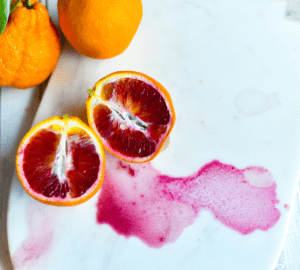 Fruit and Juice Stains: These stains often contain natural dyes and sugars. Rinse the stain with cold water, then blot it with a mixture of water and vinegar or lemon juice. The acidity helps break down the dye molecules.
Fruit and Juice Stains: These stains often contain natural dyes and sugars. Rinse the stain with cold water, then blot it with a mixture of water and vinegar or lemon juice. The acidity helps break down the dye molecules.
Now that we understand the science behind common household stains, let’s dive into some tips and tricks for effectively removing them.
Tips and Tricks for Stain Removal
Act Quickly: The sooner you address a stain, the better your chances of complete removal. Blot (don’t rub) the stain to absorb excess liquid, working from the outside in to prevent spreading.
Pretest: Always test any stain removal solution on a hidden area of the fabric or surface to ensure it won’t cause further damage or discoloration.
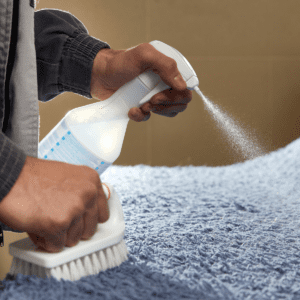 Use the Right Solvent: Match the stain removal method to the type of stain. Remember that using the wrong solvent can sometimes set the stain further, so be cautious.
Use the Right Solvent: Match the stain removal method to the type of stain. Remember that using the wrong solvent can sometimes set the stain further, so be cautious.
Blot, Don’t Rub: Rubbing a stain can damage the fabric fibers and push the stain deeper into the material. Instead, blot gently with a clean cloth or paper towel.
Launder Carefully: After treating a stain, wash the affected item following the care instructions on the label. Make sure the stain is completely gone before using a dryer, as heat can set some stains.
Patience is Key: Some stains may require multiple treatments or a combination of methods. Be patient and persistent, and avoid using excessive force.
Specific Stain Removal Techniques
Red Wine Stains: To remove red wine stains, blot the area with a cloth to soak up as much liquid as possible. Then, sprinkle salt on the stain to absorb more moisture. Afterward, apply a mixture of hydrogen peroxide and dishwashing soap, let it sit, and then wash as usual.
Coffee Stains: Rinse the coffee stain with cold water, then apply a mixture of equal parts white vinegar and water to the affected area. Blot gently until the stain disappears.
Grass Stains: Treat grass stains with a mixture of equal parts rubbing alcohol and water. Apply it to the stain, let it sit for a few minutes, and then blot and launder as usual.
Blood Stains: As mentioned earlier, use cold water to rinse a blood stain. Apply a paste made from water and salt or hydrogen peroxide and let it sit for 15-30 minutes. Rinse, and repeat if necessary.
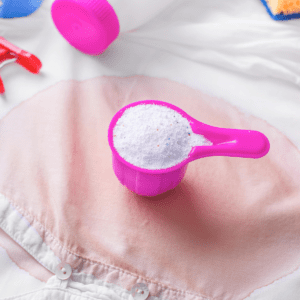 Grease Stains: Sprinkle baking soda or cornstarch on a grease stain to absorb excess oil. Then, apply a mixture of dish soap and warm water to the area. Let it sit for a few minutes before washing.
Grease Stains: Sprinkle baking soda or cornstarch on a grease stain to absorb excess oil. Then, apply a mixture of dish soap and warm water to the area. Let it sit for a few minutes before washing.
All Stains Are Not The SameÂ
Remember that not all stains are the same, and results may vary depending on factors like the fabric type, stain age, and the specific cleaning products you use. If you’re dealing with a particularly stubborn or delicate stain, consider seeking professional help.
The science of stain removal is a blend of chemistry, patience, and the right techniques. Understanding the nature of common household stains and knowing how to apply appropriate stain removal methods can save your favorite clothes, upholstery, and carpets from unsightly blemishes. So the next time you’re faced with a stain, don’t panic – apply these tips and tricks, and watch the science of stain removal work its magic.

